Doc Ricketts' Lab
Steinbeck's old stomping grounds, immortalized in Cannery Row.
This unassuming building has the triple distinction of being a source of marine specimens for many famous museums, being a focal point for intellectual gatherings and being immortalized by John Steinbeck.
Pacific Biological Laboratories was founded in 1923 by Ed Ricketts and his business partner Albert Galigher. Originally located on Fountain Avenue in nearby Pacific Grove, it was relocated to this site in 1930 with Ricketts as sole owner. The lab sold preserved specimens of marine species to schools, museums and research institutions. Today, many of those specimens are in museum collections across the country including the Field Museum in Chicago, the Smithsonian Institution, the California Academy of Sciences and Harvard’s Museum of Comparative Zoology.
In 1936, the laboratory and most of its contents were destroyed by a fire that broke out in the Del Mar Cannery next door. To help Ricketts rebuild, his friend John Steinbeck bought half the company’s stock and became Ricketts’ silent partner. The present building dates from 1937.
Ricketts was an intellectual man who was interested in many things besides marine biology, and his lab became a gathering place for artists, musicians and writers. Notable guests there included Joseph Campbell, Henry Miller and of course Steinbeck himself. During WWII, the lab’s commercial output decreased when Ricketts was drafted into the army in 1942, but after the war he resumed his work. In 1945, Steinbeck published his novel Cannery Row which fictionalized the lab as “Western Biological Laboratory” and Ricketts himself as “Doc” Ricketts.
Ricketts continued to operate the lab until his death in 1948. About eight years later the building was purchased by a consortium of Ricketts’ old friends who continued to meet there on Wednesday evenings much as they had in the past. They sold the building to the city of Monterey in 1993.
Today, the canneries are gone and Cannery Row is a touristy theme park of a street, quite different from the noisy, reeking industrial place that Ricketts and Steinbeck knew. Ricketts’ lab sits between a hotel and a souvenir store, almost as if it’s quietly observing the comings and goings as Ricketts himself probably would have. Other than the street number and a sign saying “Pacific Biological Laboratories,” there is nothing to draw attention to the building and most tourists pass by it oblivious. There is a public walkway to the right of the lab which takes you to the rear of the building where you can see the concrete tanks that Ricketts used to hold the specimens he had collected.
The interior of the building is preserved as it was when Ricketts’ friends used to meet there. The upper floor has a sort of “living room” space with bookshelves, furniture, a bar and a tiny kitchen, and the laboratory space itself is on the ground floor. The city opens the building for tours about four times per year. Contact the Cannery Row Foundation for information.

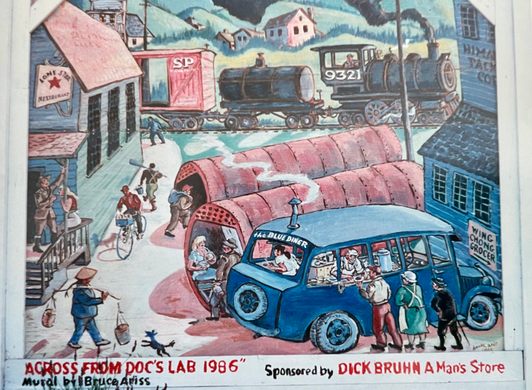


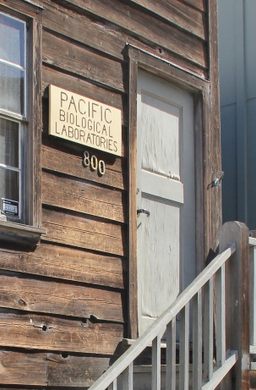






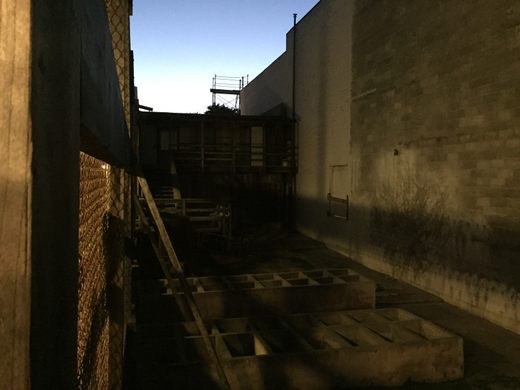
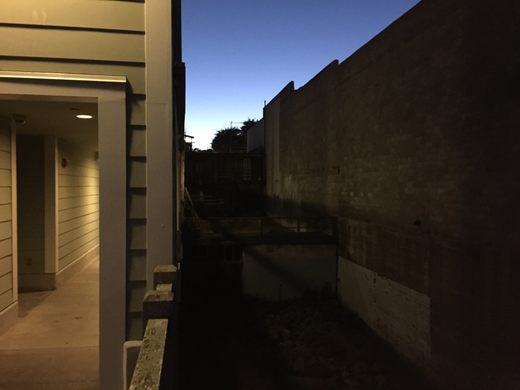





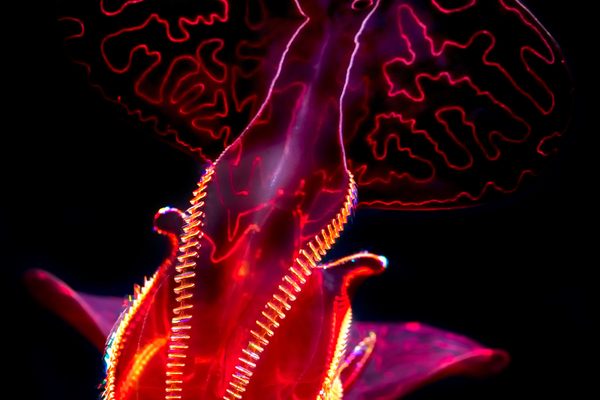


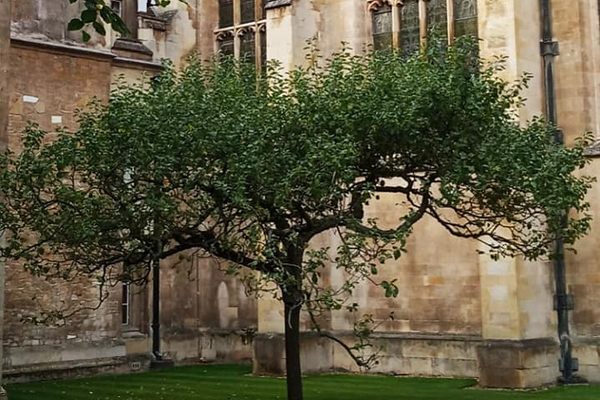
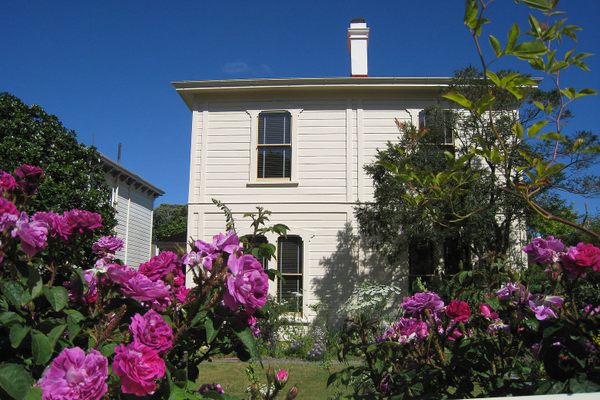



Follow us on Twitter to get the latest on the world's hidden wonders.
Like us on Facebook to get the latest on the world's hidden wonders.
Follow us on Twitter Like us on Facebook